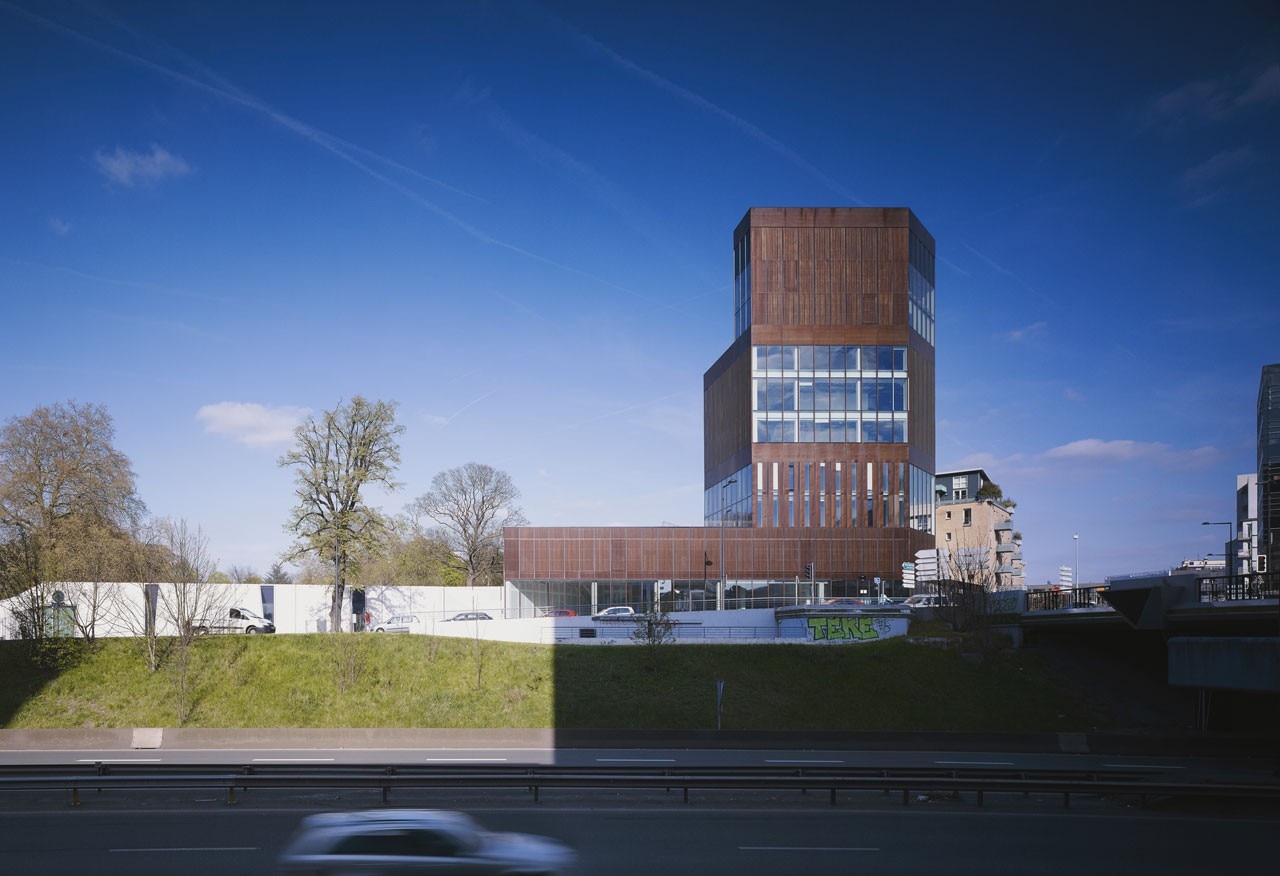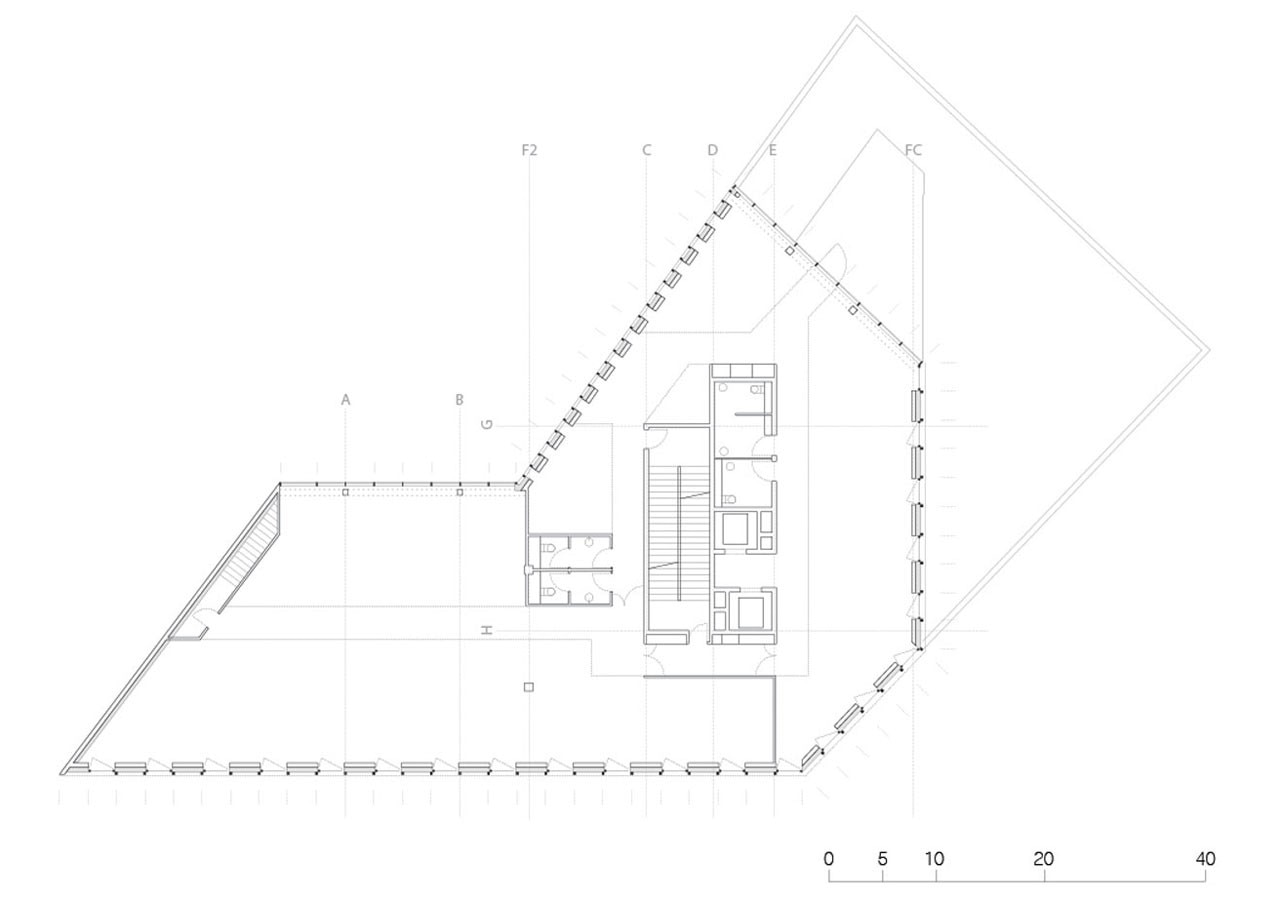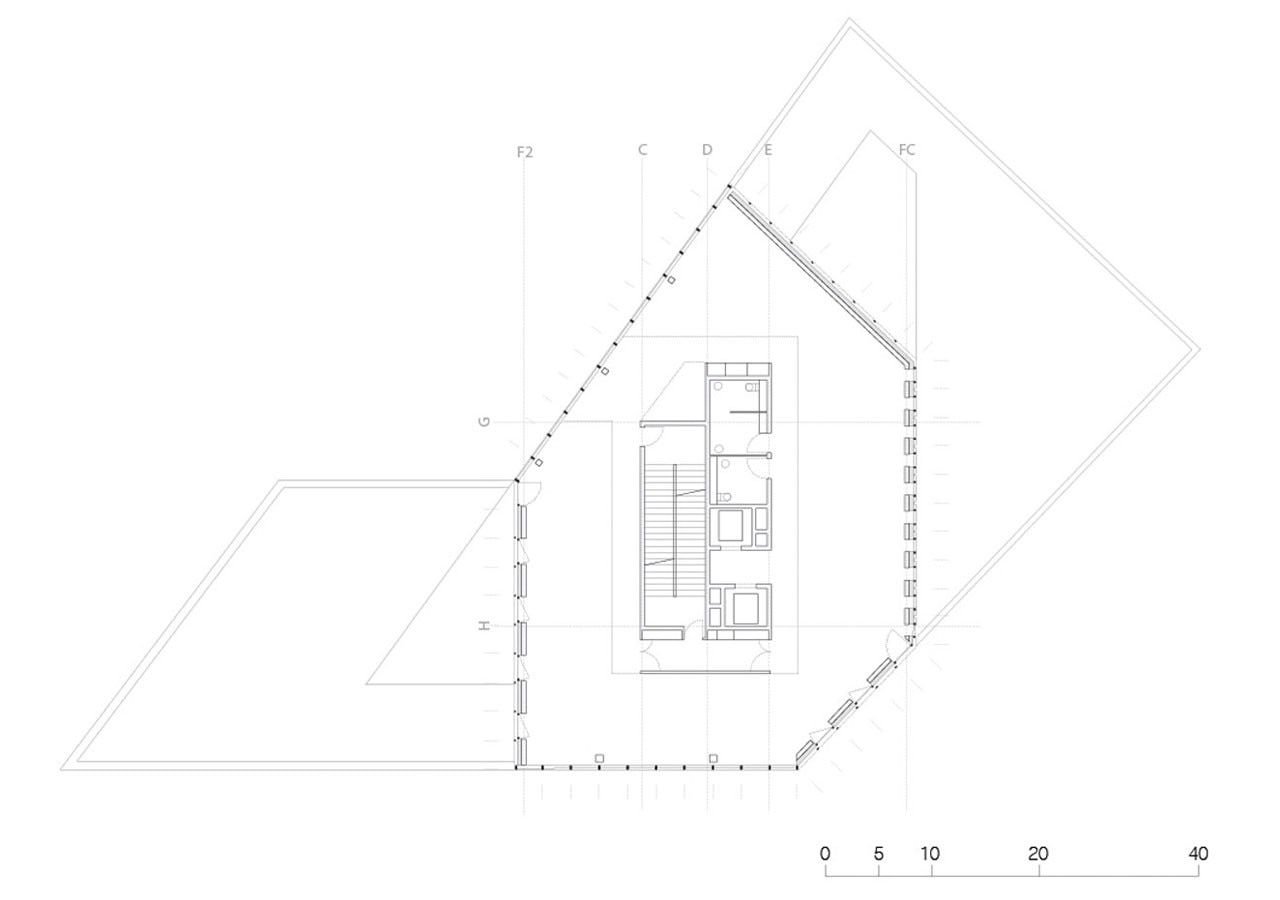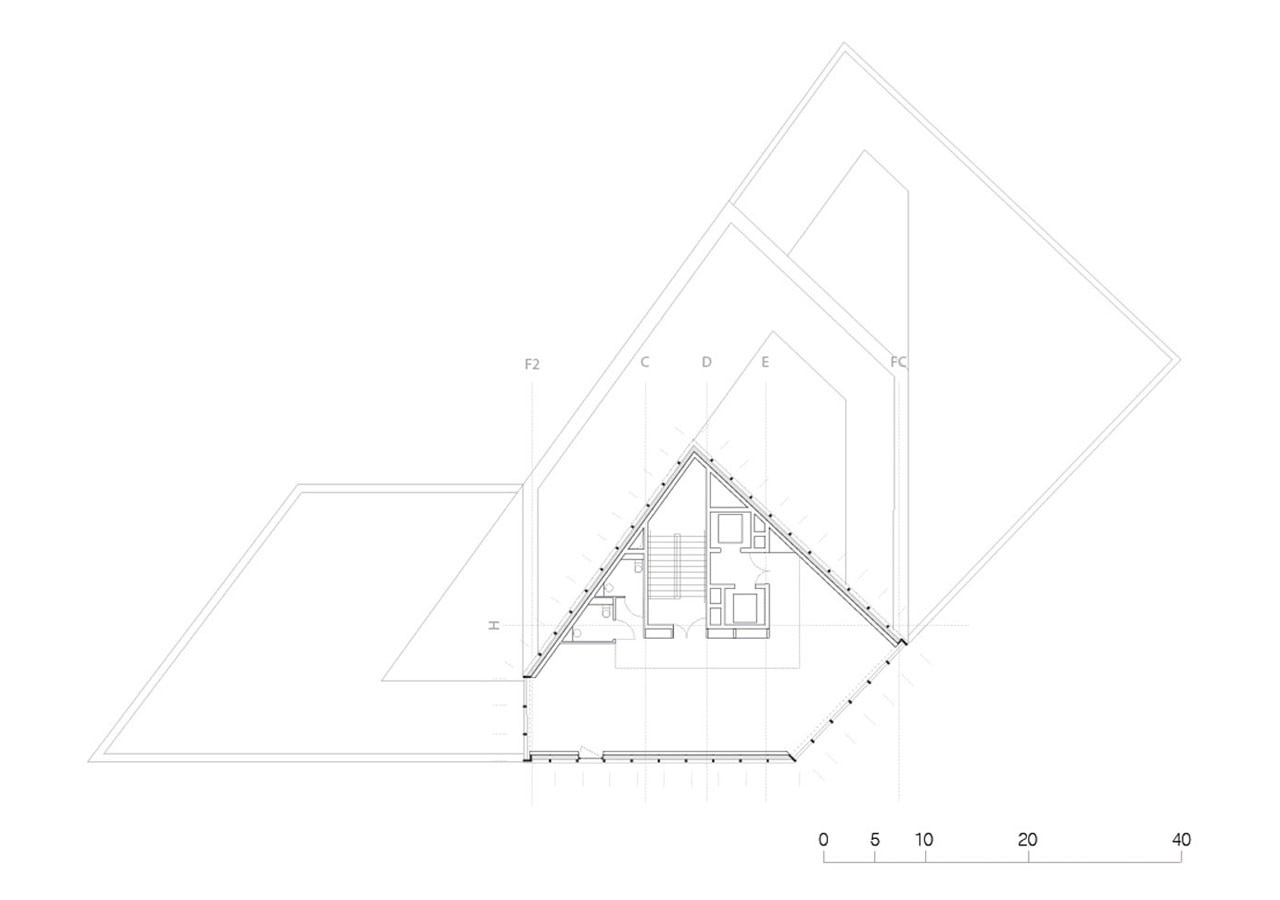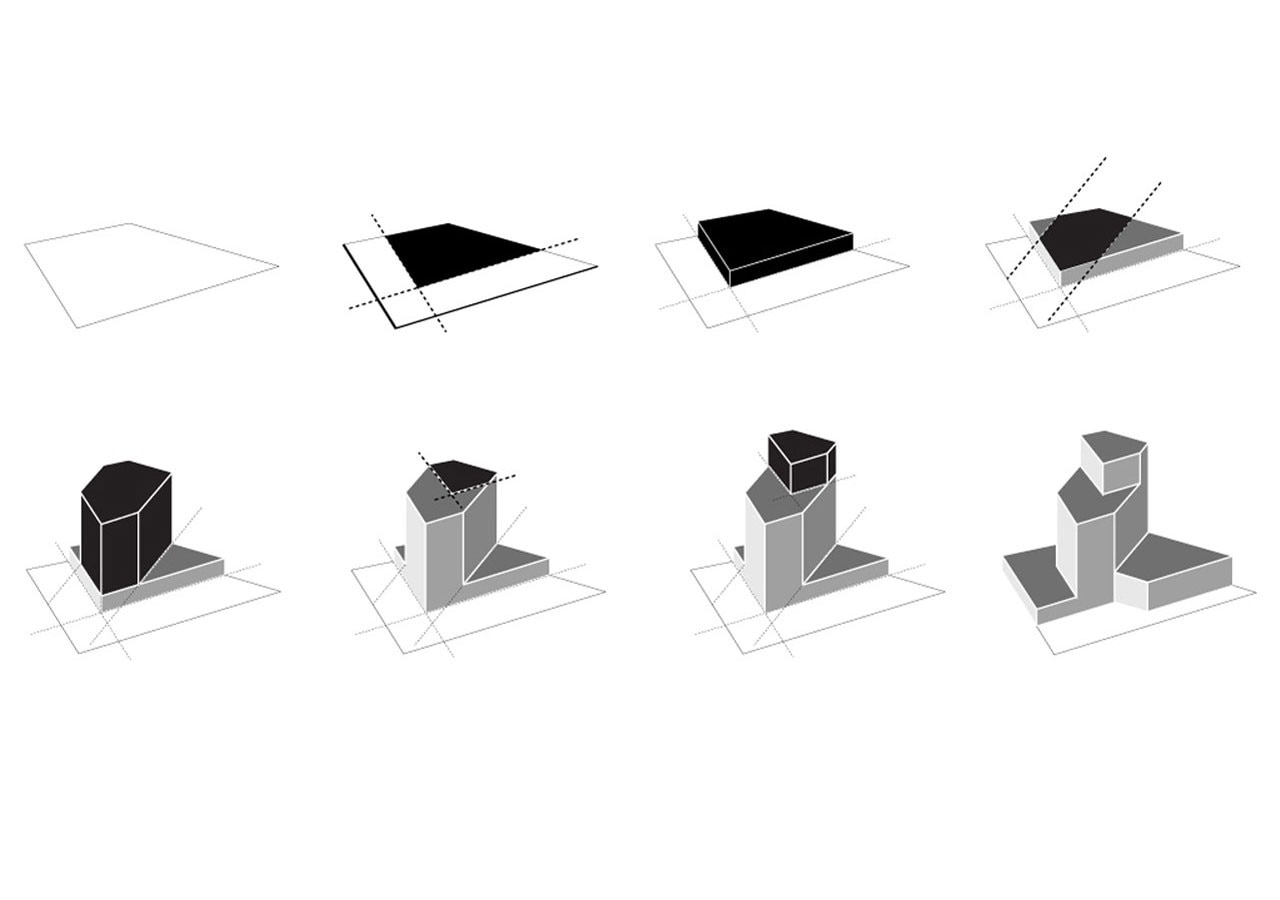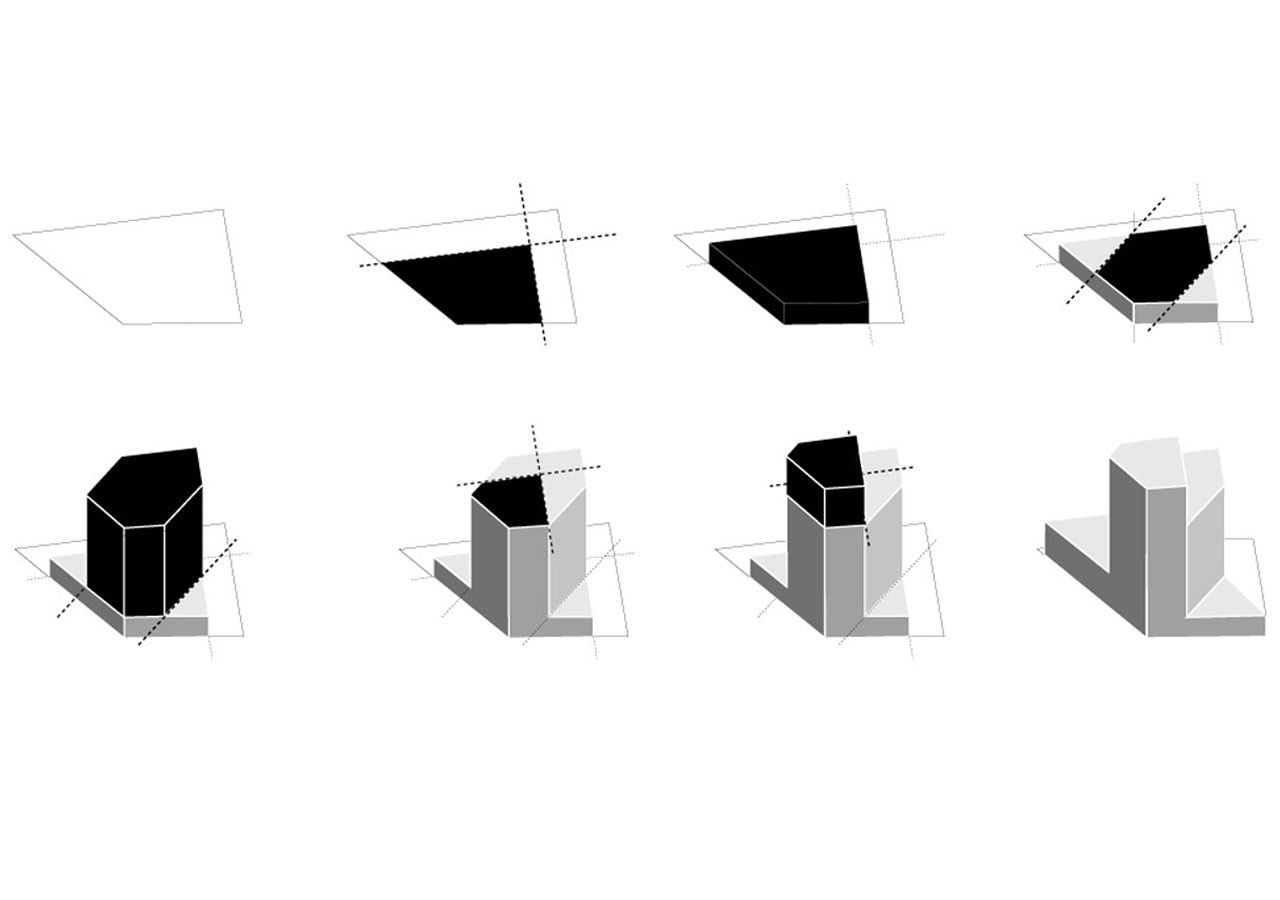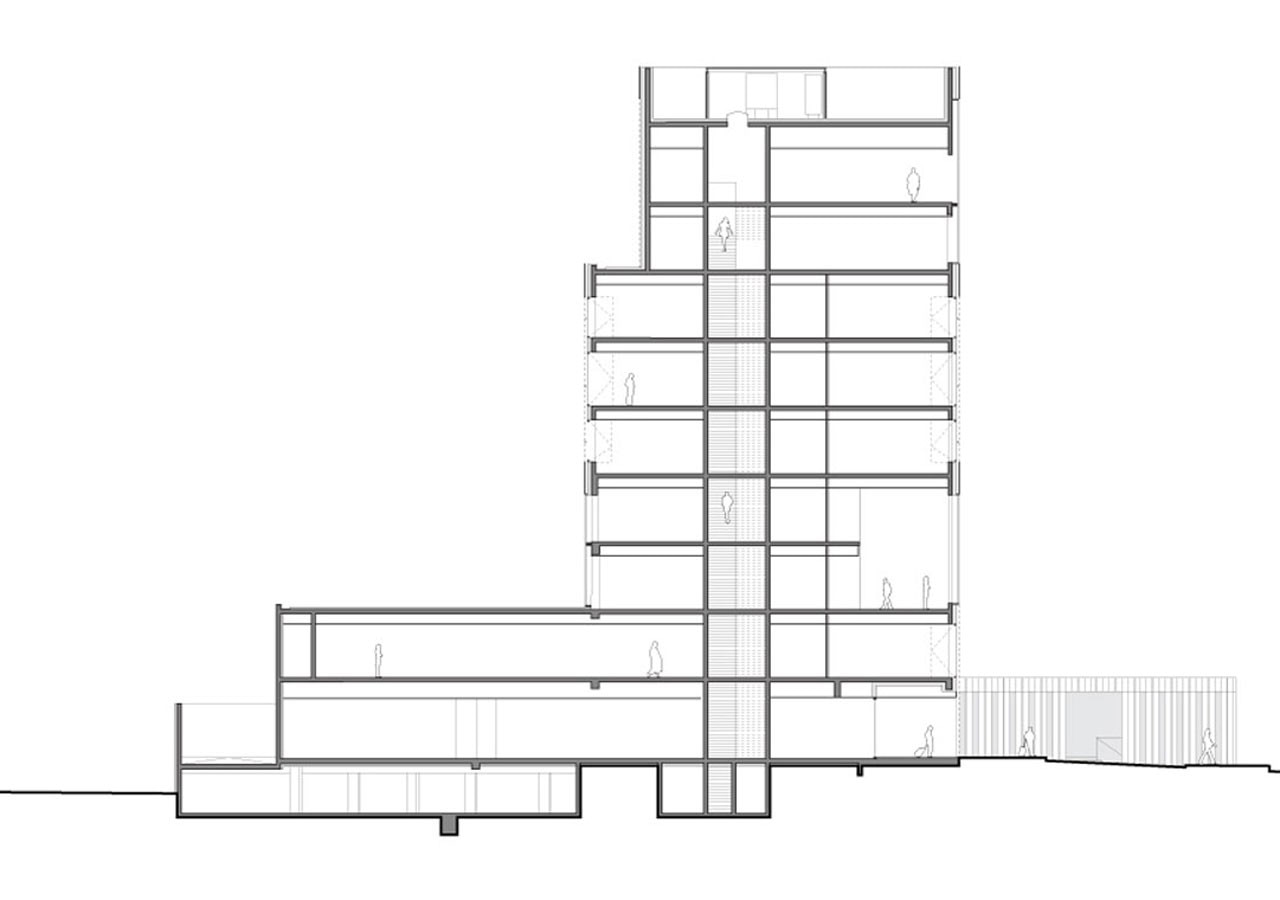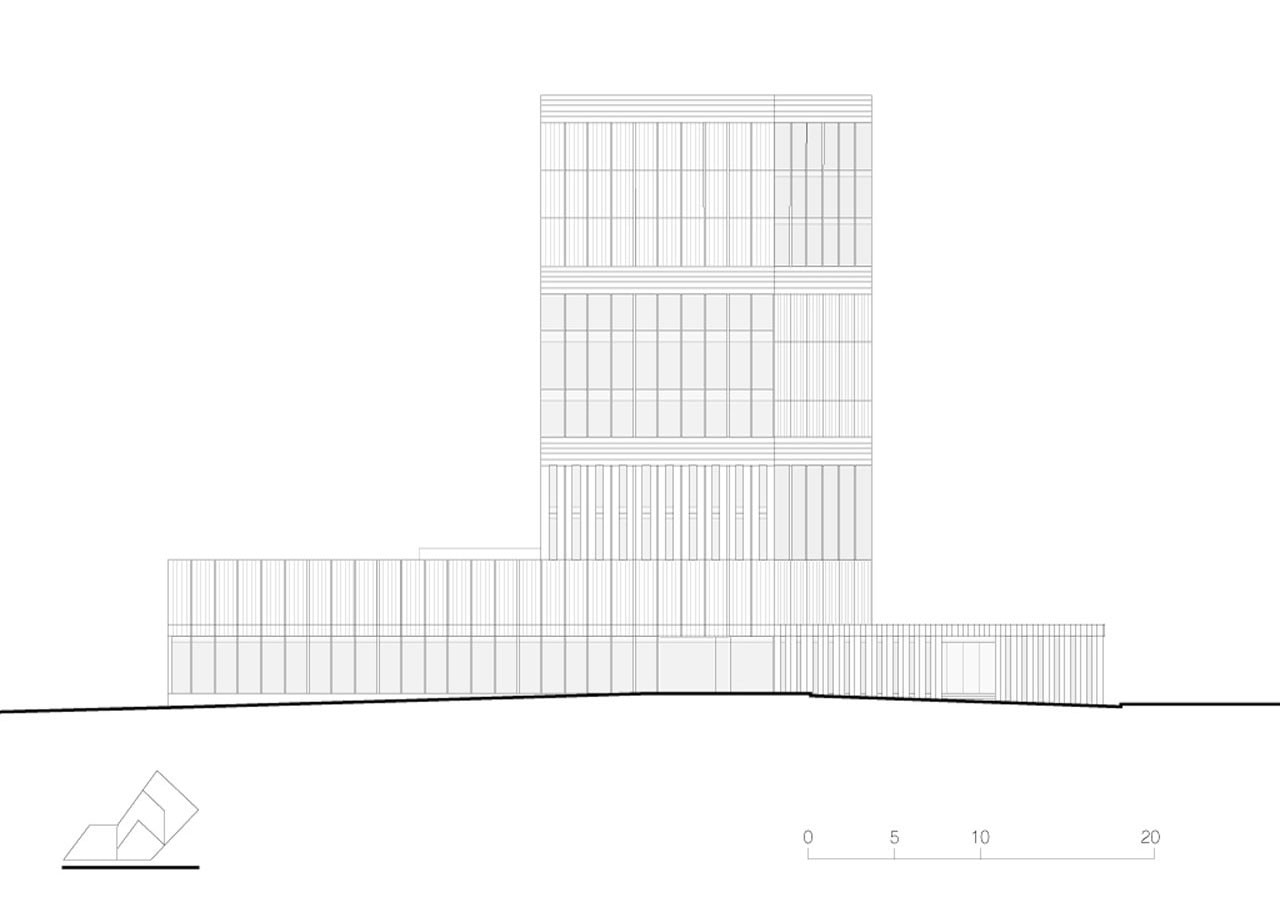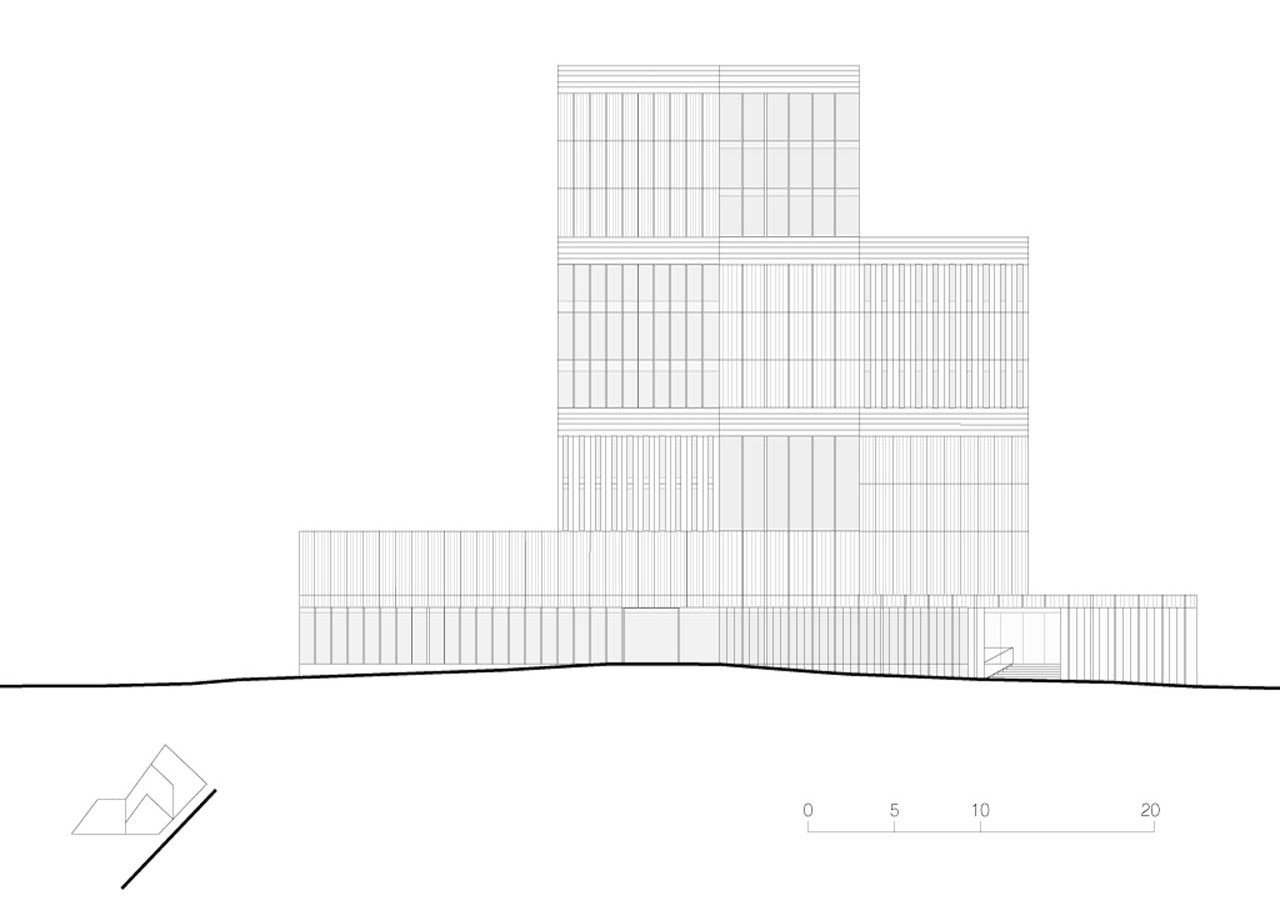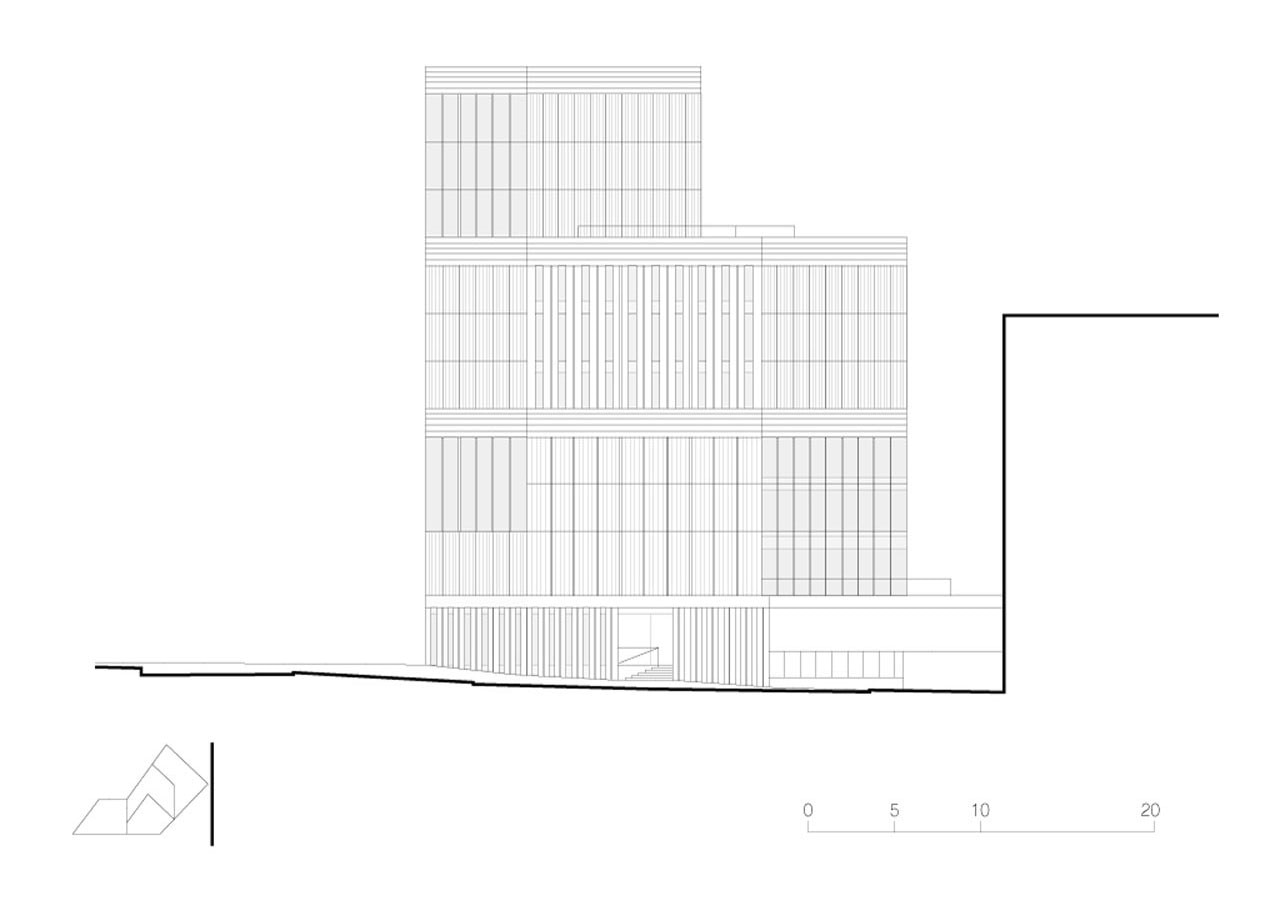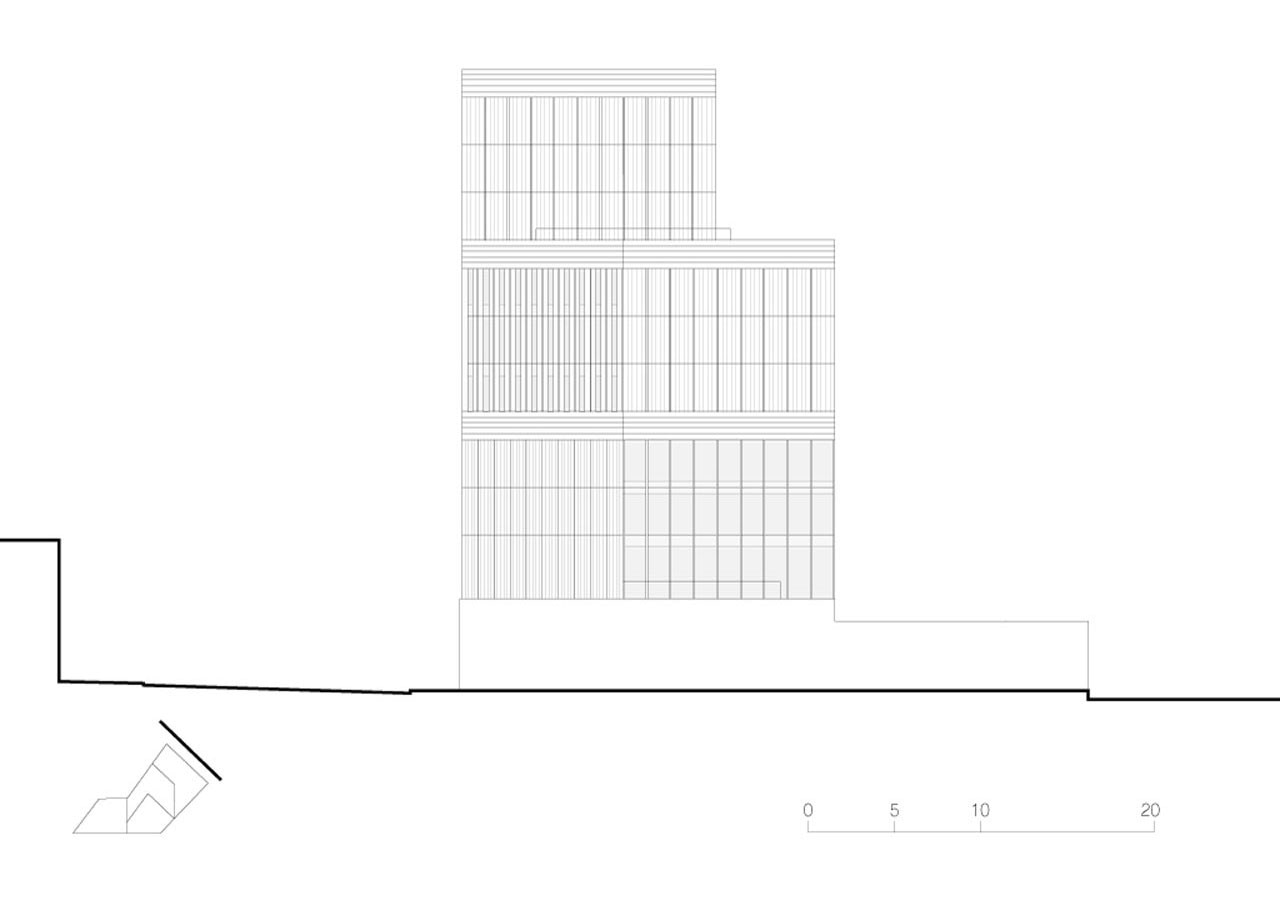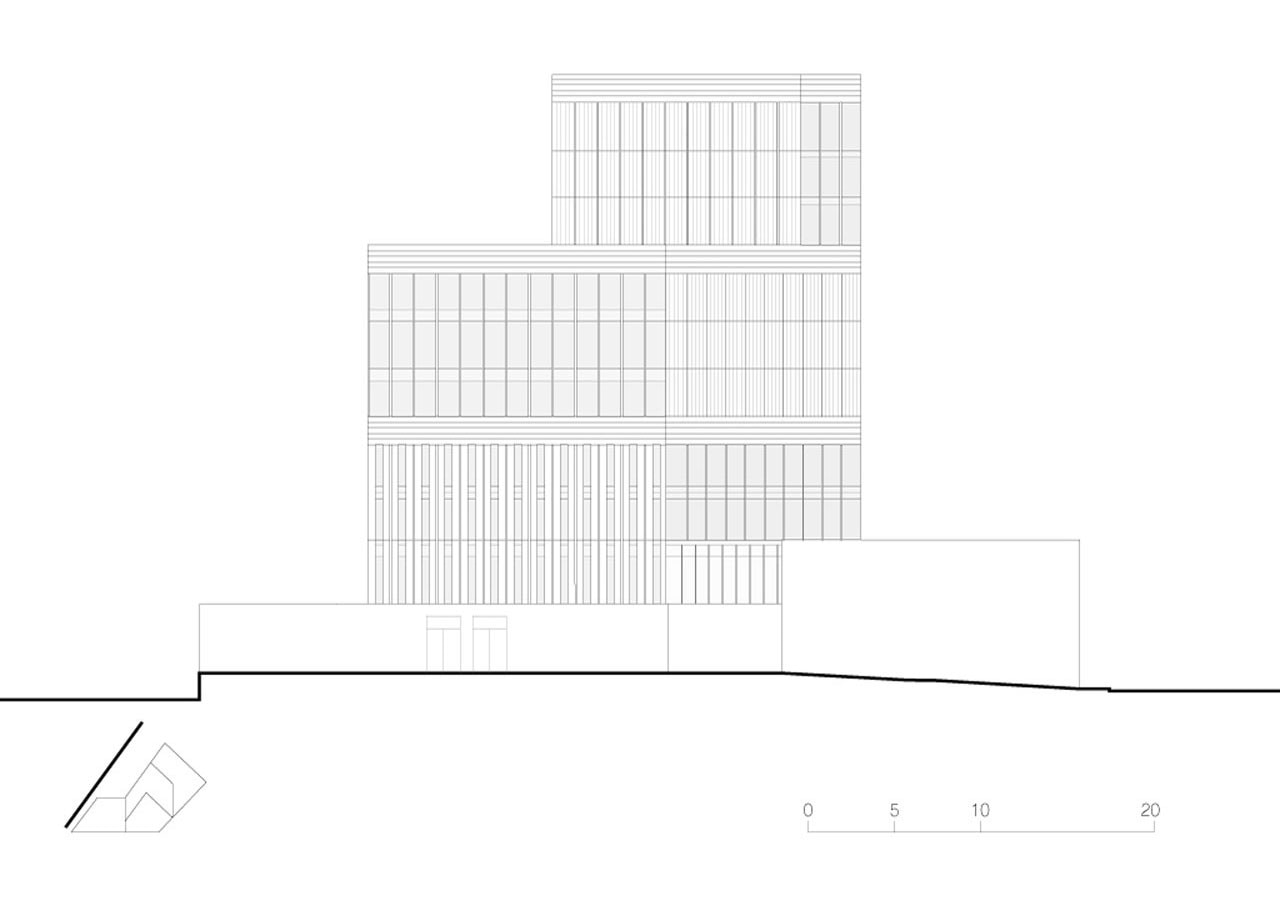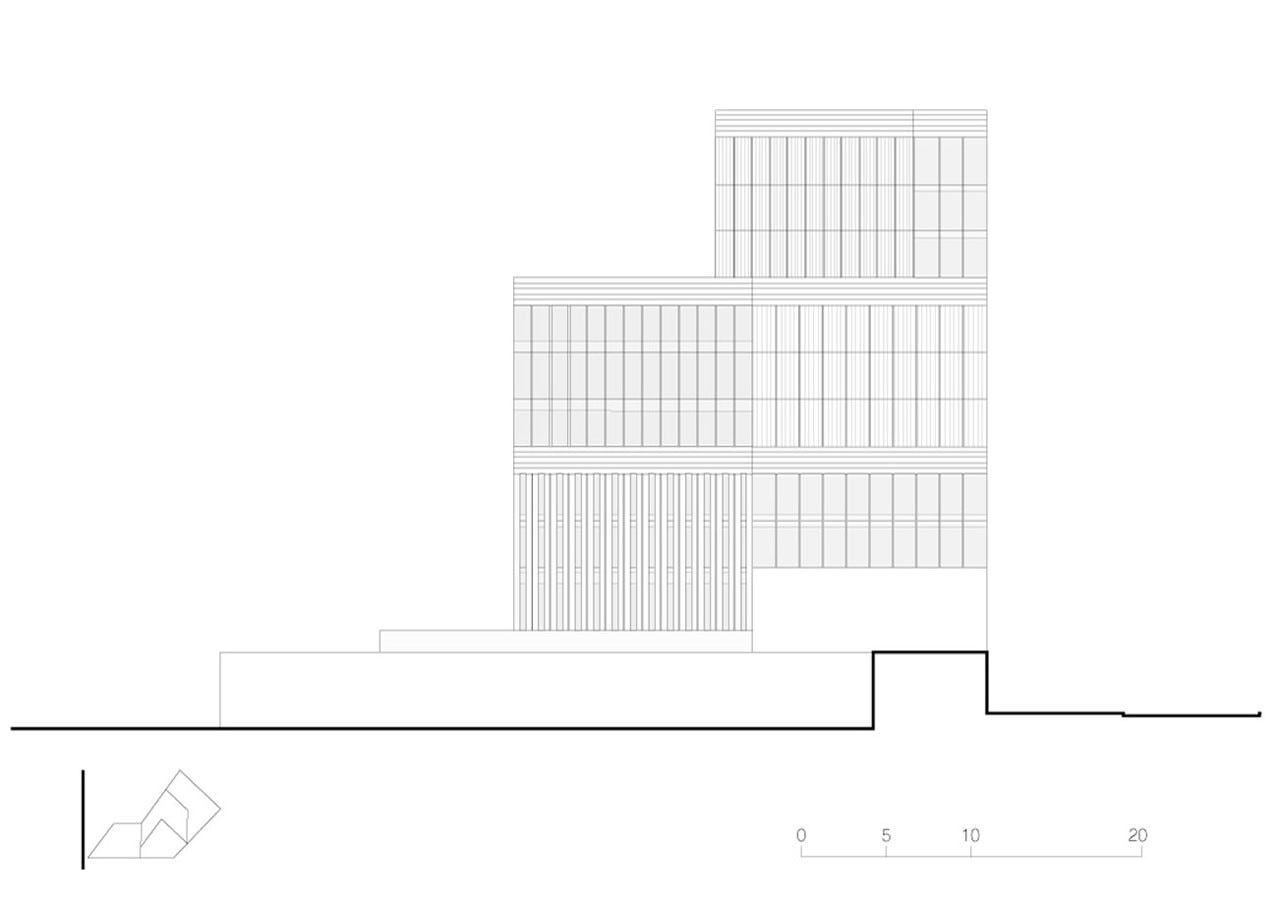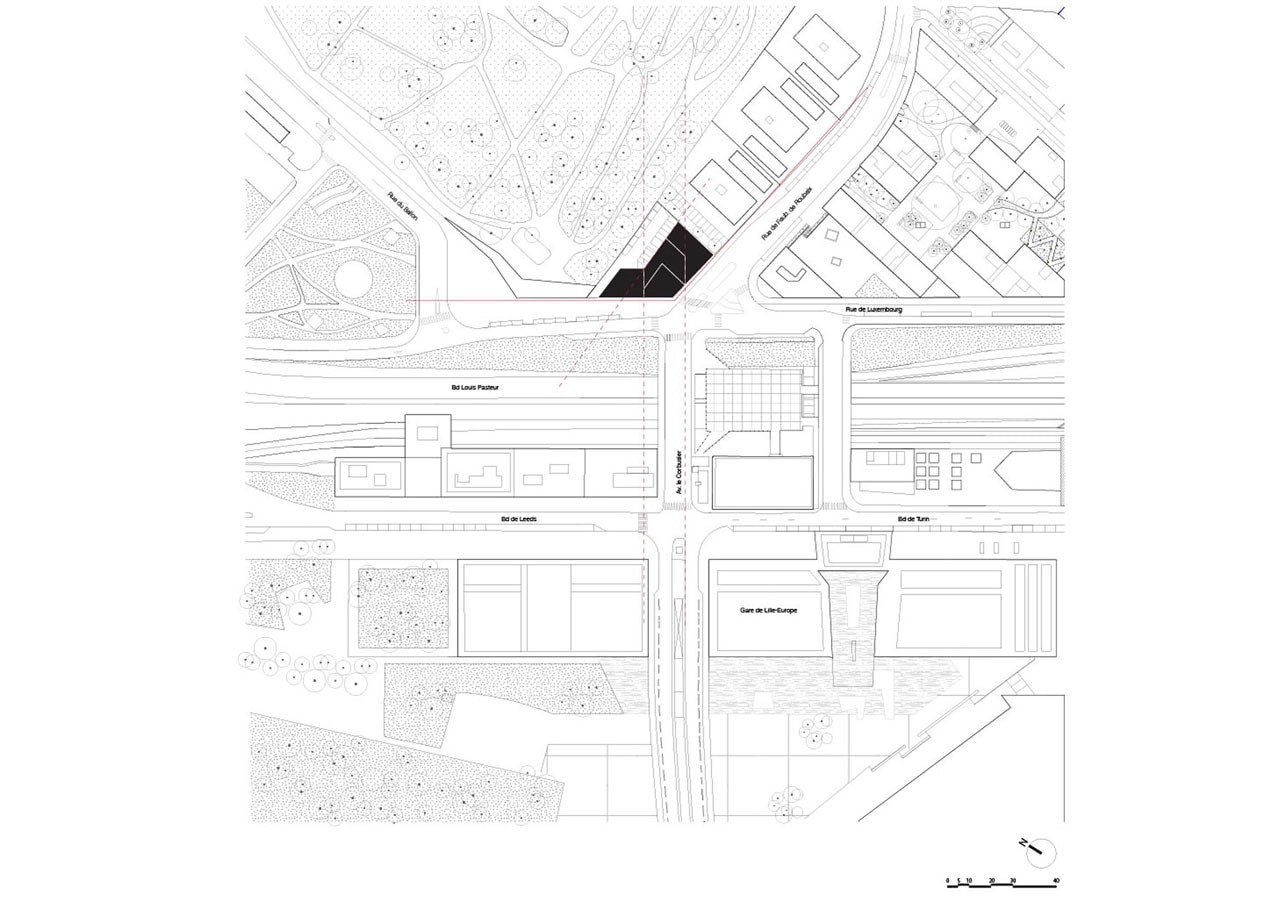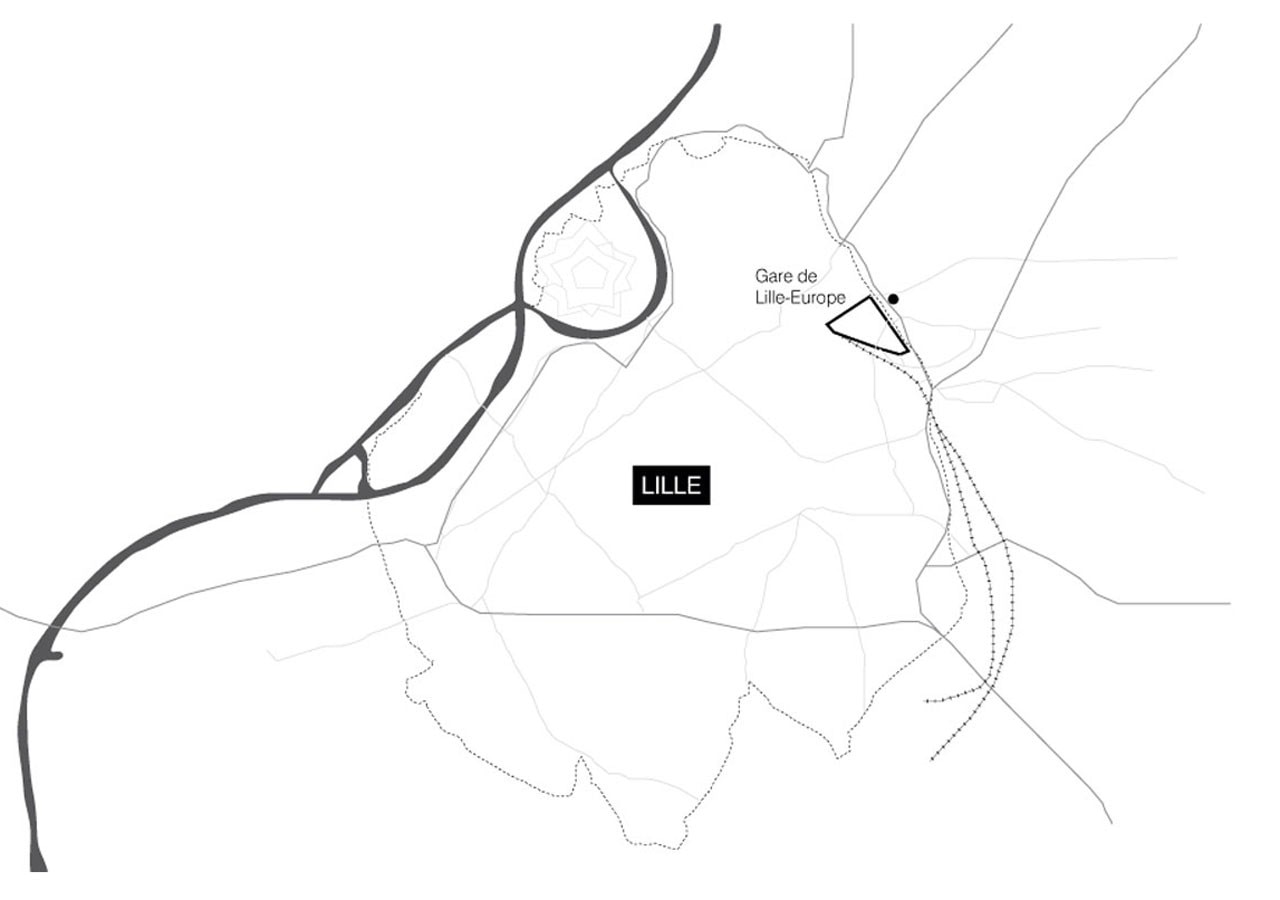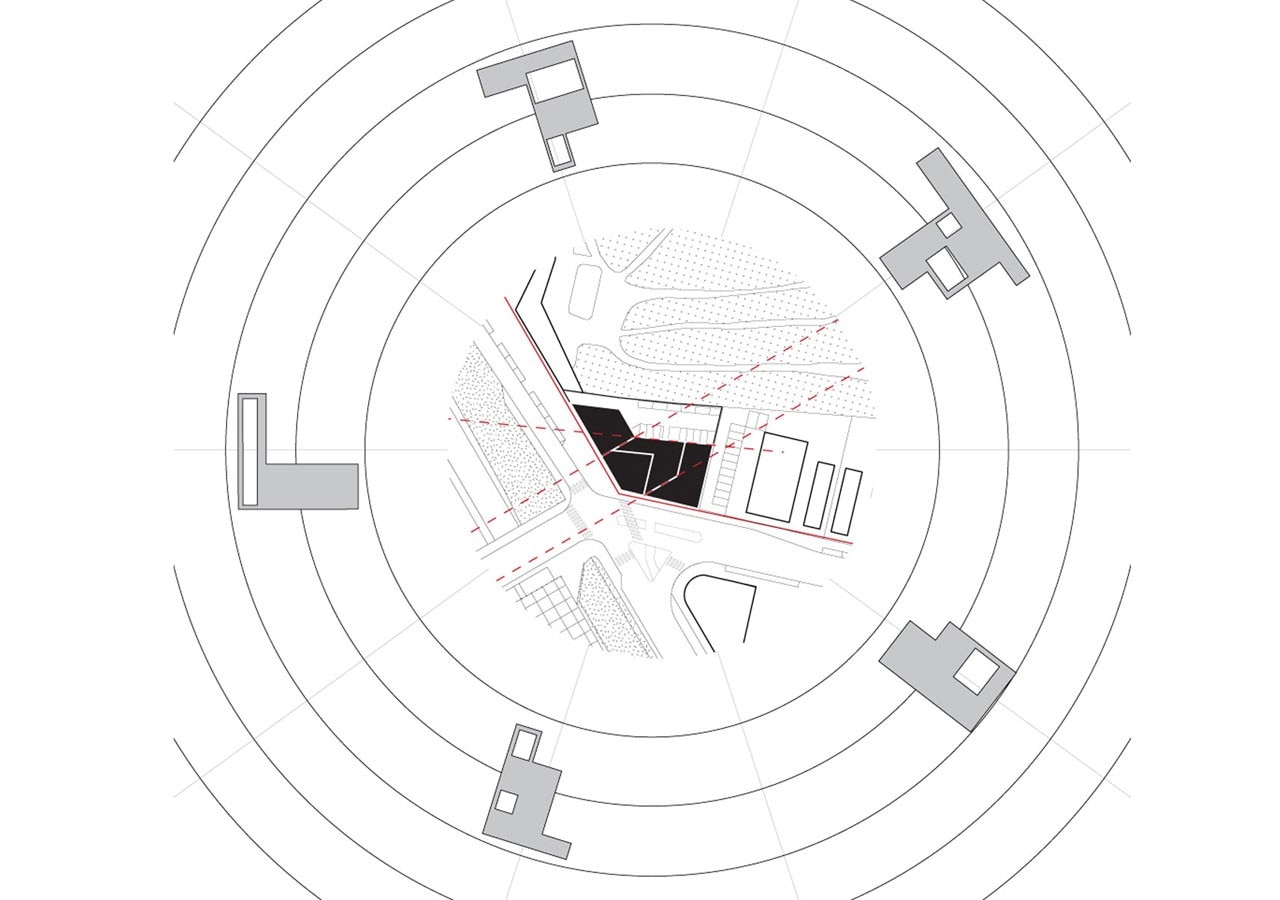We are all still waiting for the 1990s to be reassessed – for the moment we have stopped at the revival of the preceding Postmodern. The era of Clinton’s surplus and Tony Blair’s third way, but also the war in the Balkans, the Tangentopoli and the arrival of Berlusconi in politics, in other words the height of what rather than brief has been more aptly defined “the American century”, when the Berlin Wall came down all that remained was the nomos of the water and the air of the anglophones and anglophiles [1].
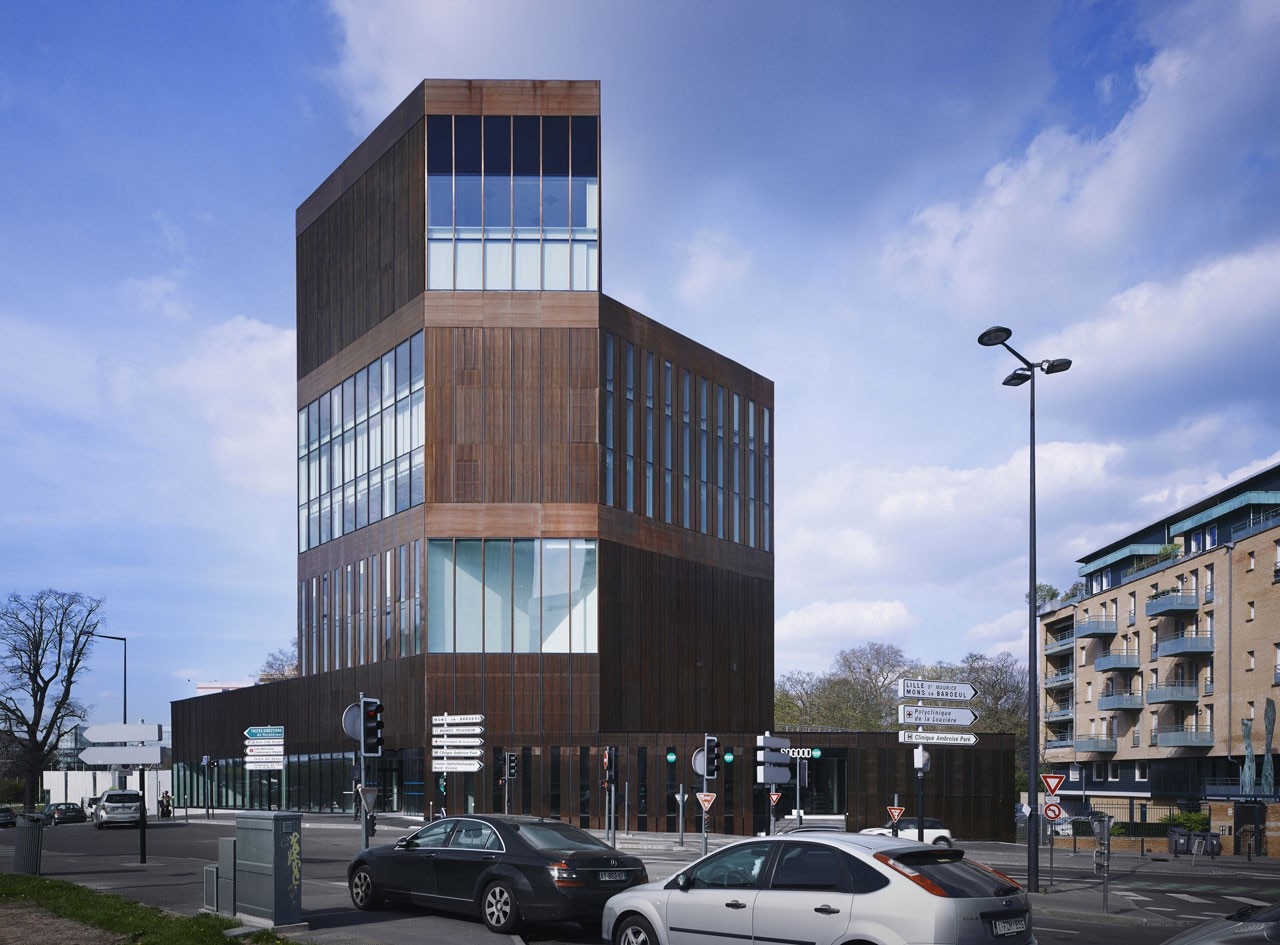
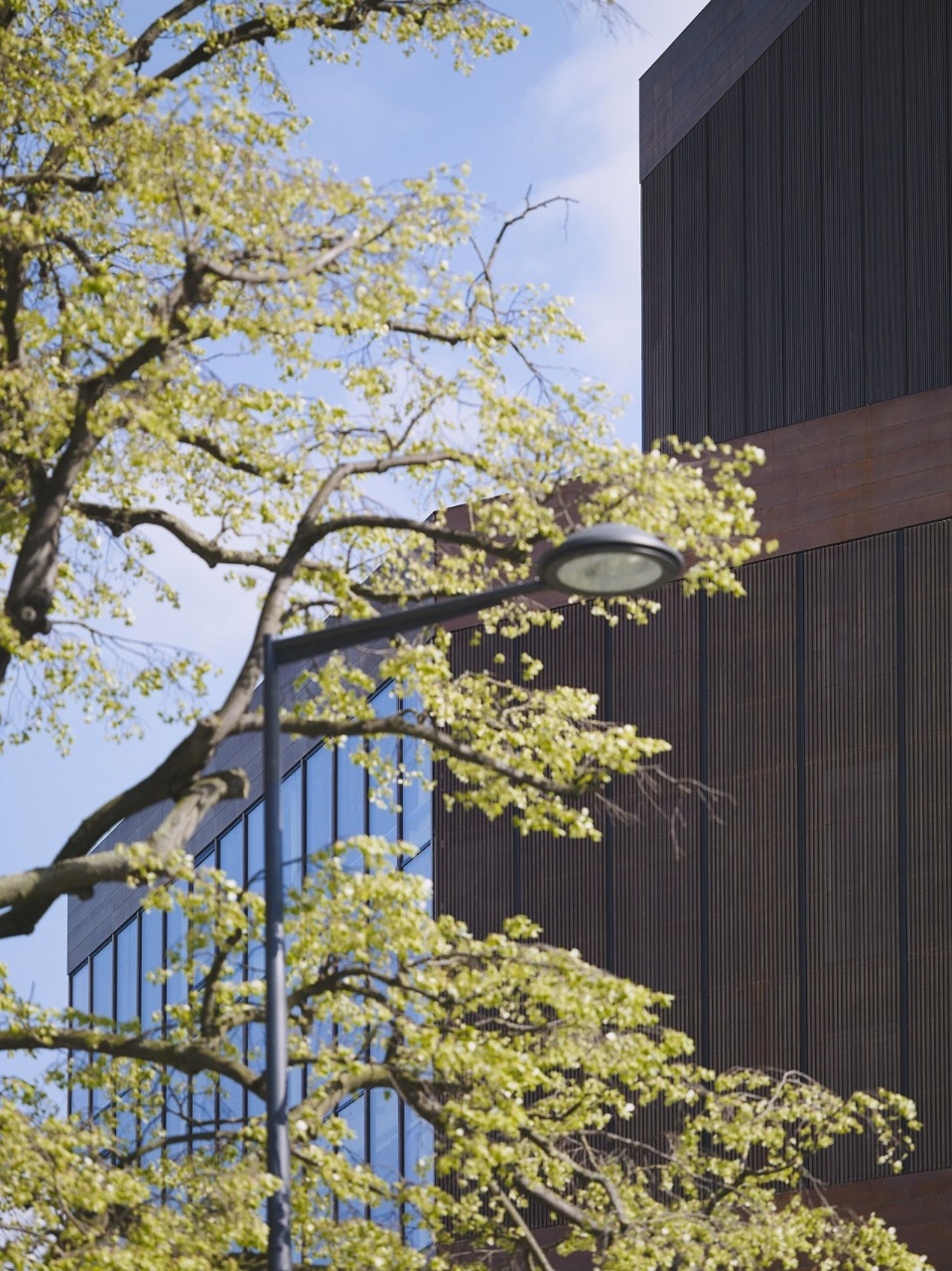
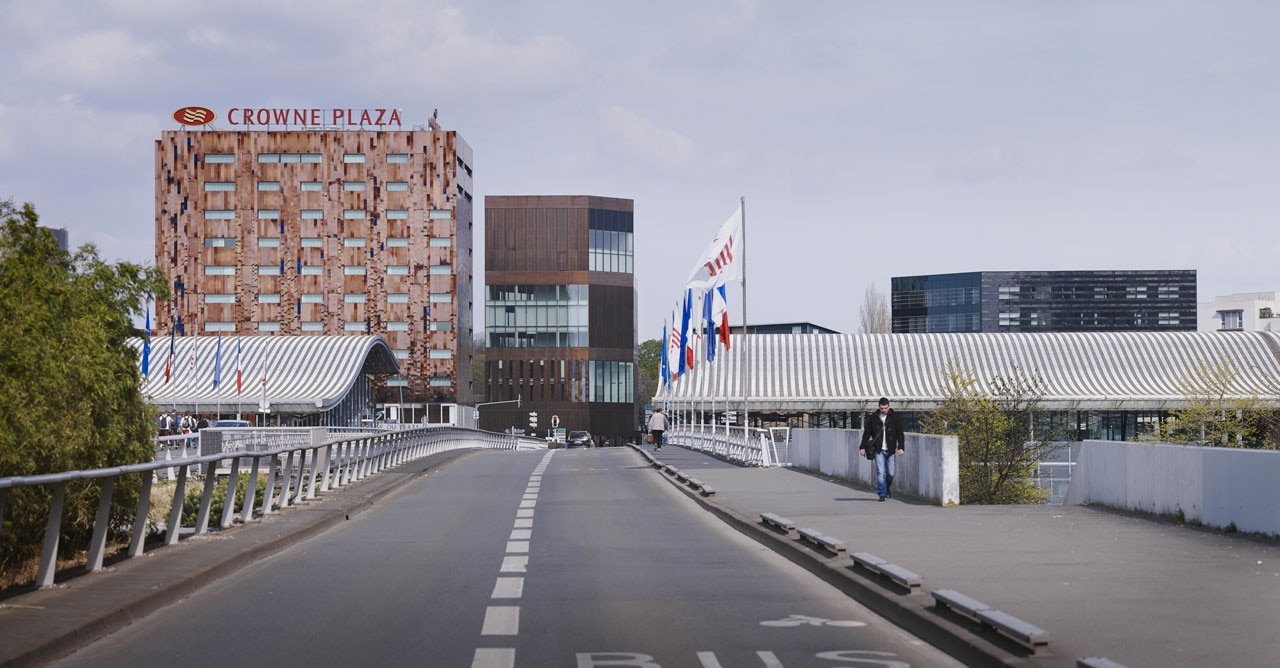
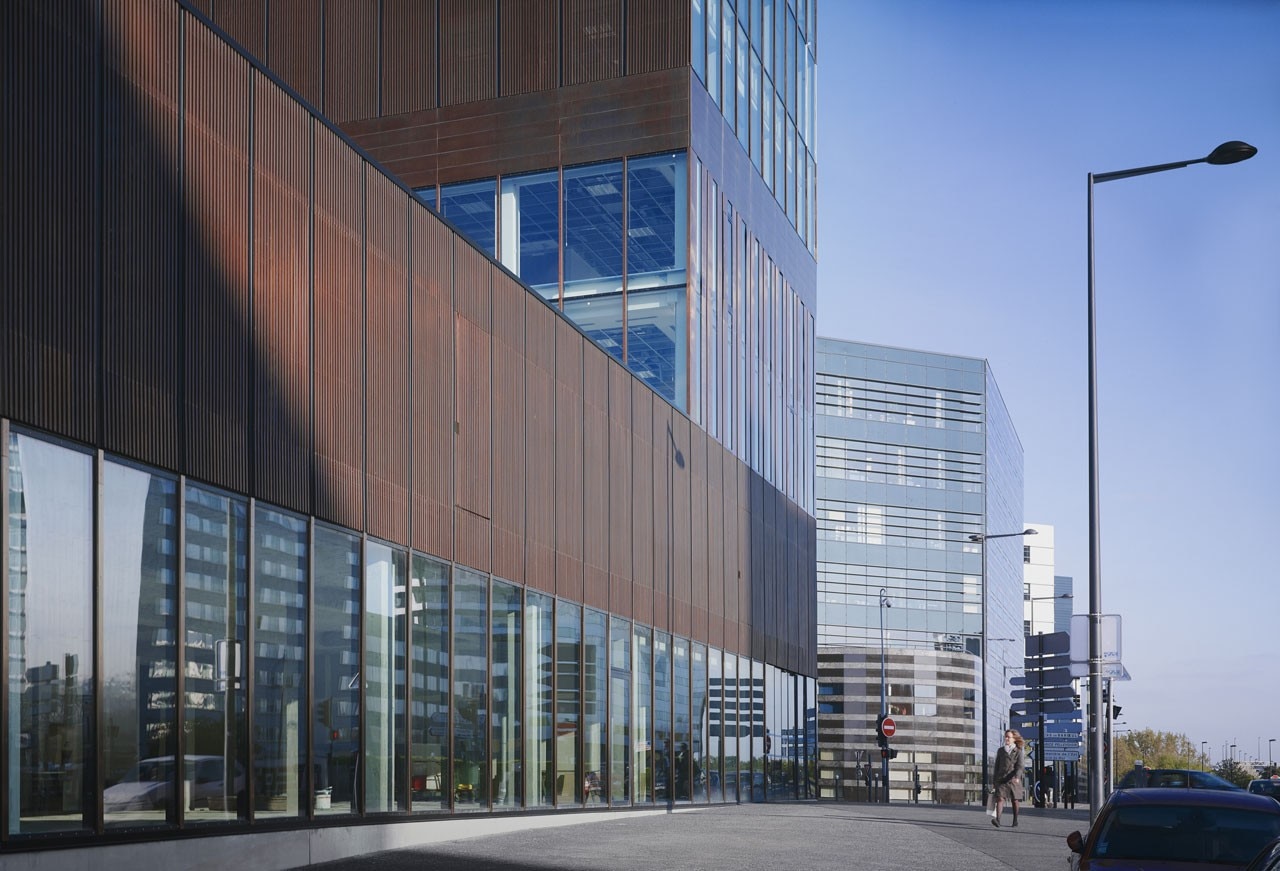
It is in fact a building that in the 1990s, the Venice students of Bernardo Secchi would have undoubtedly described as “nodal” and for this, highly visible, although of rather modest dimensions with respect to the buildings by the three Pritzker-prize winners that it confronts directly (the ski-boot by Portzamparc, the Jean Nouvel shopping centre and the more defiled Congrexpo by OMA).
Hence, at the centre of a visual connection, the tower rises up from the ground-floor base plinth and responds to the three principal axes that intersect it (Avenue Le Corbusier, Boulevard Pasteur and rue Faubourg de Roubaix) in the sense that each side of the prism is parallel to one of the axes. In this way LAN have let the building be influenced by its urban context in terms of its form and volume. As if to say: the form (and the city) precedes the function. It would be too obvious to try and guess who is the inspiration for such a principle but it is certainly not Koolhaas, even though there would be something to say about it. Whatever the case, the elevations are diversified according to an alternation of solid and void where the voids are made up of glass and the solid of different types of metallic mesh, in actual fact oxidised copper. The optical result is a prism with a net sculptural value that recalls, but only in certain elements, some works by Simon Ungers who was an artist who died prematurely, stopping midway between sculpture and architecture. In reality the tower is completely glazed but we only realise this on the inside from where we can observe the city from every angle: every elevation in fact corresponds to a different area: at the north the cemetery, to the east an area of low housing, on the south the raised Valladolid piazza, south east avenue Le Corbusier and so on.
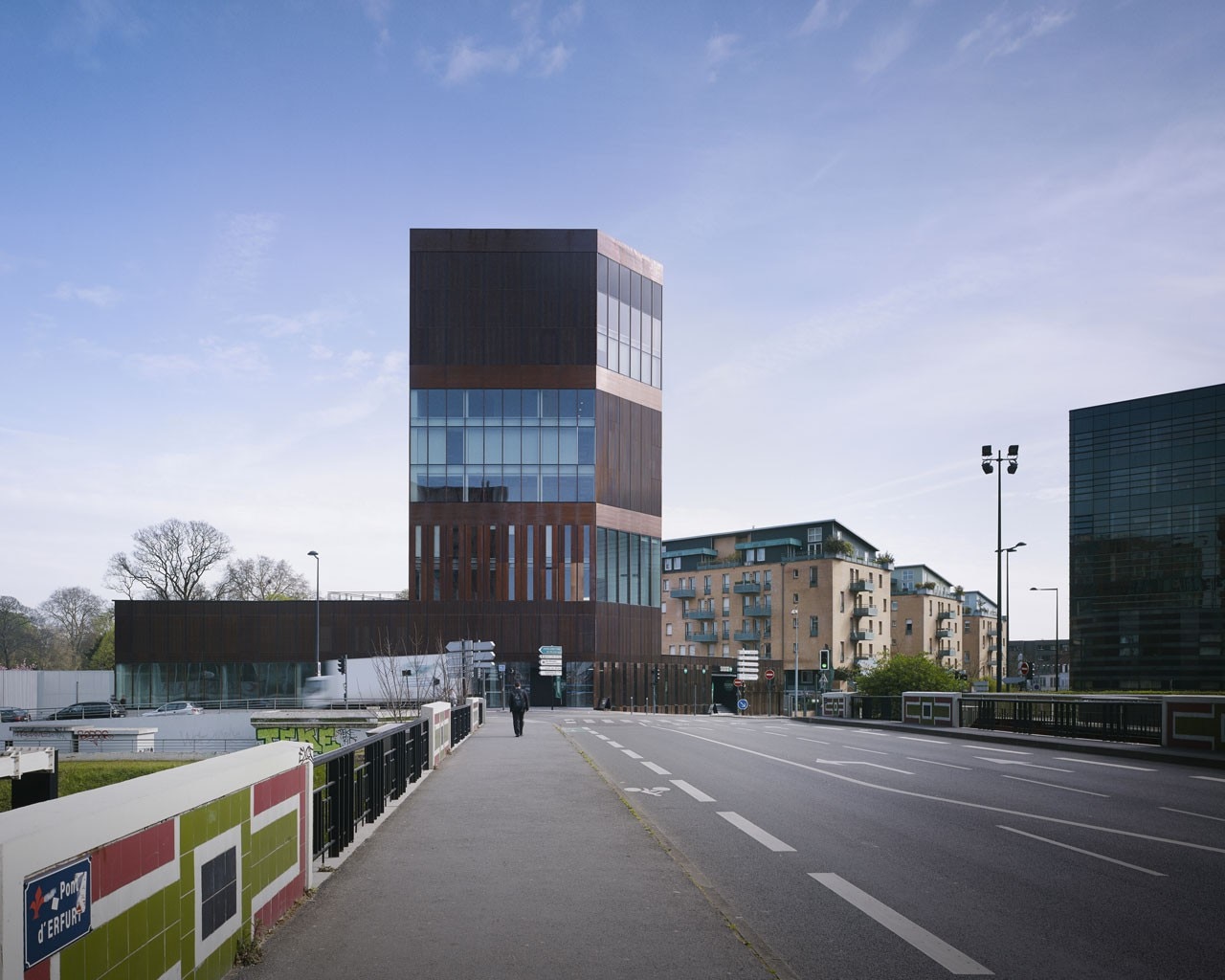
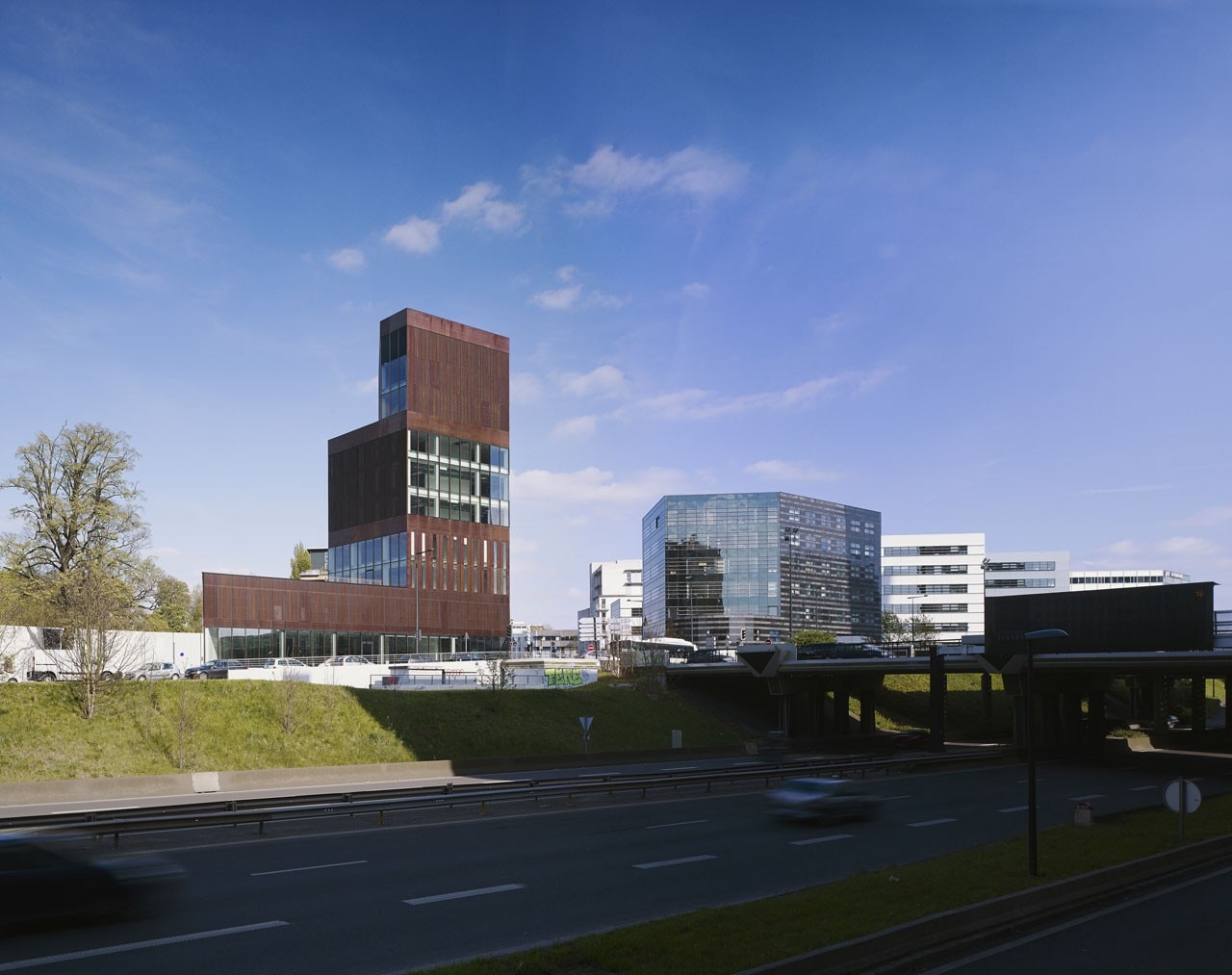
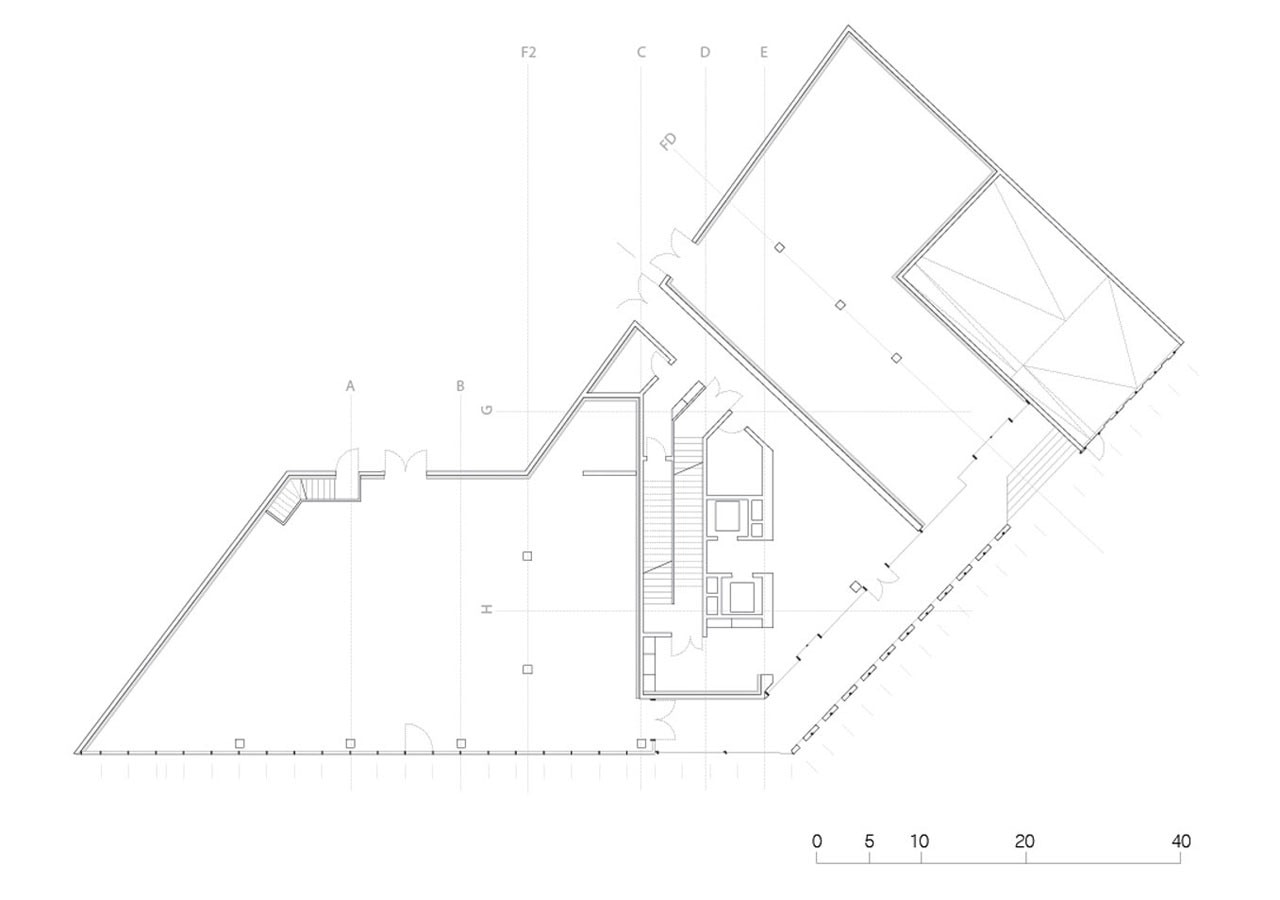
Note:
1. Geminello Alvi, Le siècle américain en Europe. 1916-1933, histoires économiques de l'Extrême-Occident, Paris, Grasset 1995; trad. it. Il secolo americano, Milano, Adelphi 1996.
2. AAVV, Fabriquer la ville autrement. Jean-Paul Baïetto (1940-1998): portrait d'un aménageur urbain, Paris, Le Moniteur 2005.
3,4. Junkspace. Repenser radicalement l'espace urbain, Paris, Payot & Rivages 2011.


